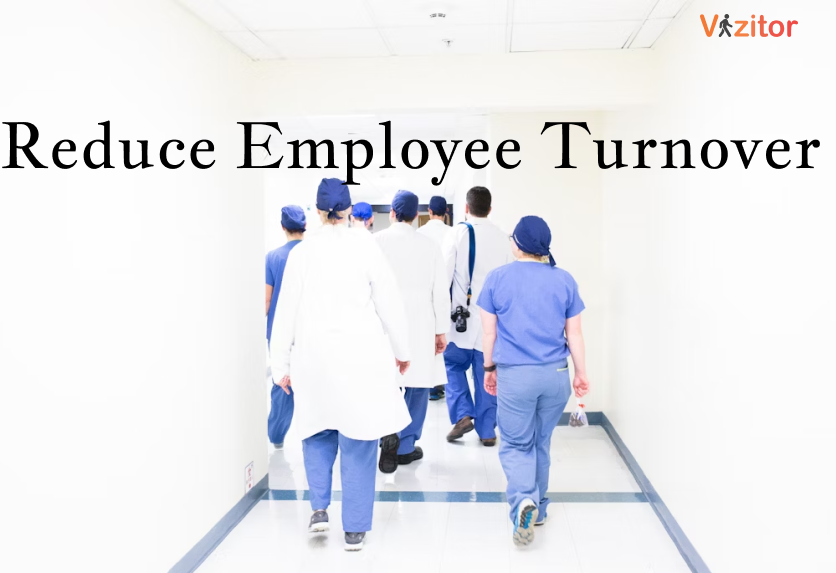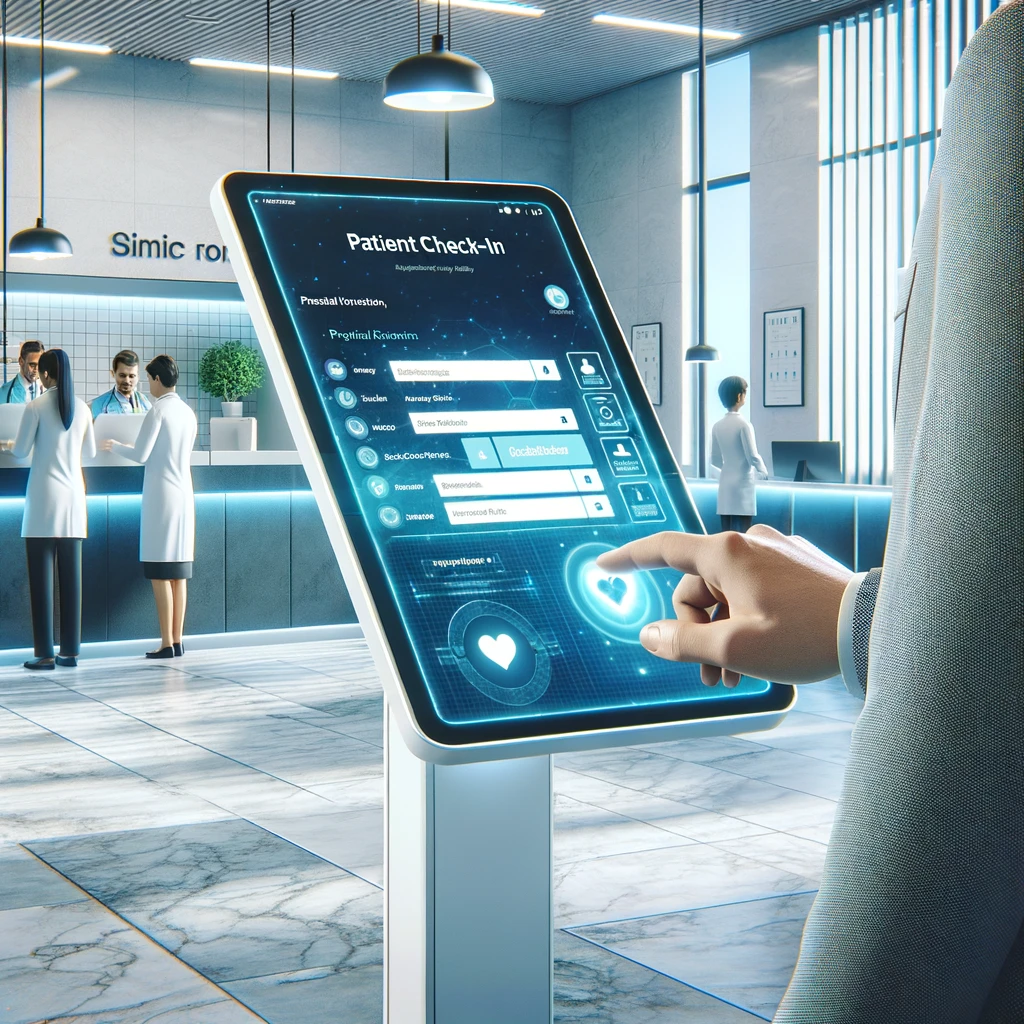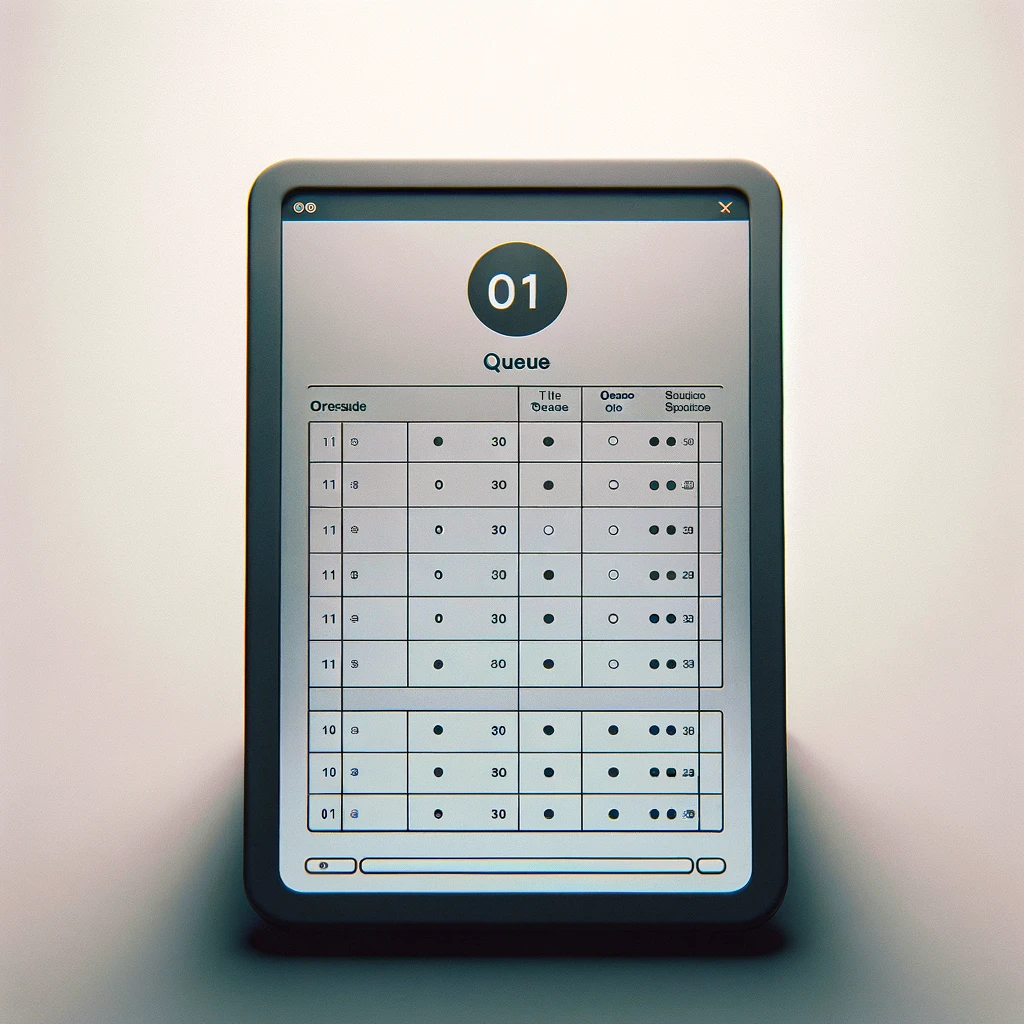Table of Content
Try Vizitor for Free!

Sun, Jan 14, 2024
Read in 3 minutes
Turnover in healthcare isn’t just a financial burden; it brings a decline in productivity and quality, impacting patient satisfaction and team dynamics.
Training in this sector is costly and time-intensive.
The scarcity of experienced medical receptionists further aggravates the issue, leading to a competitive market where high salaries alone are not enough to retain staff.
Healthcare receptionists are the cornerstone of a well-functioning medical facility.
They juggle numerous responsibilities, from scheduling appointments to addressing walk-in patient queries, all while ensuring the smooth running of administrative duties.
However, the healthcare sector frequently faces a challenge – high staff turnover, especially among medical receptionists.
In this comprehensive guide, we’ll delve into the causes and offer effective tactics to retain these vital team members.
The Core Issues Leading to High Turnover
A significant factor contributing to turnover is the lack of adequate tools and support for receptionists.
The challenges include handling a high volume of calls, managing patient check-ins with outdated methods like paper sheets, and dealing with administrative tasks manually.
These issues not only lead to inefficiency but also to employee burnout.

Here are The 5 Effective Tactics to Lower Staff Turnover Among Healthcare Receptionists
#1. Implement a Web-Based Queue Management System
To alleviate the pressure on receptionists, implementing a web-based queue management system is crucial. This technology, such as Vizitor, can significantly reduce the manual workload by automating patient check-ins and managing queues effectively. A digital approach to managing patient flow can enhance both staff satisfaction and patient experience.

#2. Digitalize Patient Check-In Forms:
Transitioning from paper to digital forms not only streamlines the check-in process but also ensures better data security and compliance with regulations like HIPAA. Using a hospital queue system,receptionists can efficiently manage patient information, reducing the time spent on administrative tasks.

#3. Address Patient Anxiety with Modern Solutions:
Patient anxiety in waiting areas can be mitigated by modernizing the waiting experience. Implementing a token system for hospitals, where patients receive automated updates and notifications, can significantly reduce perceived wait times and improve overall satisfaction.

#4. Select User-Friendly Software:
The chosen software should not add to the complexity of receptionists’ work. User-friendly interfaces and customizable features are essential for efficient operation. Tools like the free queue management app can be a game changer in enhancing staff performance and patient satisfaction.

#5.Continuous Training and Support:
Keep your staff updated with the latest healthcare practices and technological advancements. Regular training sessions and support can help them adapt to new systems, enhancing their efficiency and job satisfaction.

Implementing these strategies not only improves the efficiency of medical receptionists but also boosts their morale. When employees feel supported and equipped with the right tools, their job satisfaction increases, leading to lower turnover rates. Additionally, patients benefit from reduced wait times and a more streamlined service experience.
According to a study, implementing a queue management system in hospitals can reduce patient wait times by up to 30%. This not only improves patient satisfaction but also enhances the work environment for staff.
As Steve Jobs once said, “Great things in business are never done by one person. They’re done by a team of people."
This highlights the importance of investing in your team and providing them with the tools they need to succeed.

Conclusion
Reducing turnover among healthcare receptionists is pivotal for maintaining a high standard of patient care and operational efficiency. By embracing technological advancements like queue management systems and digital check-in processes, healthcare facilities can create a more supportive environment for their staff and an improved experience for their patients.










